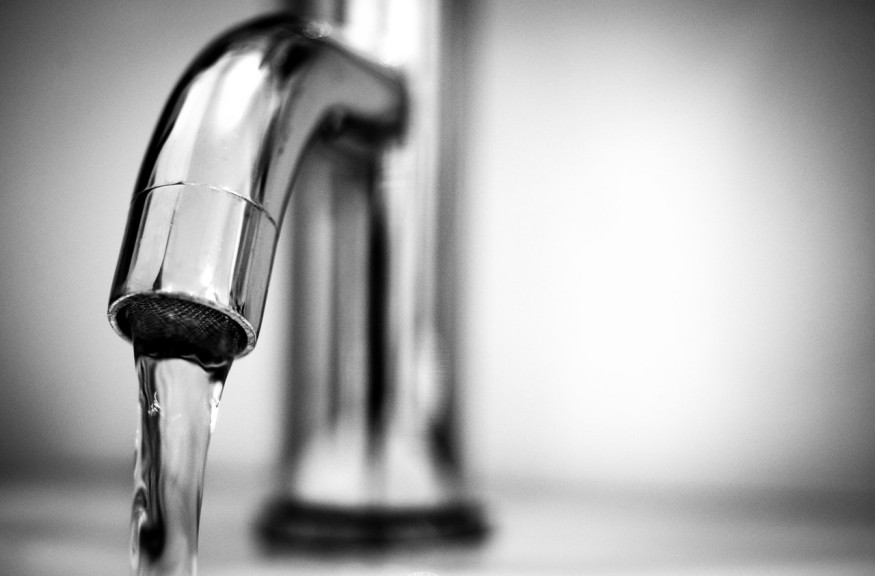Different Types of Water Treatment Systems

Water is essential to life, but it can be difficult to treat and clean as some cities and towns do not have the right systems in place. When you go out to purchase a purifier for your home, there are many different types of water treatment systems to choose from. The most popular ones are carbon filters, reverse osmosis, ultra violet filtration, distillation, and ultraviolet light. Each one varies slightly in the way that they work to clean water. Find out which one is the best choice for your home.
Reverse osmosis is a common system used by households, especially in areas where it is not feasible to install a pure water plant. The system works by pushing the dirty water through a membrane, removing most of the impurities. It also takes out large particulates. Though this may seem like a good way to get rid of water contaminants, it does have some serious limitations. First of all, it takes a lot of energy to drive the unit, and it requires a constant supply of clean water.
Carbon filtration is another common type of water treatment system, which is widely used in rural areas. These units use carbon granules to filter the water. They require electricity and produce low levels of chemicals. Some people prefer these systems because they feel that they remove chlorine from the water, although there is no conclusive proof on this.
Distillation is another common method of filtration. This type of system is not actually water treatment, but rather a method for drying food. It uses boiling water to dry things off. If you want to get rid of chemicals, however, it is not recommended. This method is very ineffective. Also, distillation leaves chemicals behind in the water.
The ultraviolet light is a great tool for killing bacteria and cleaning the water of dirt and debris. However, there are problems with ultraviolet light. Ultraviolet light can also cause sunburn, and it cannot effectively remove toxins.
Chlorine is commonly added to water in disinfection. However, chlorine gas is also a gas produced in the water itself. So, when you shower or do washing at home, you are actually adding chlorine to the water. This is one disadvantage of ultraviolet treatment. It can also remove the beneficial bacteria that are present in natural water.
There are other types of filters available in the market. For instance, carbon absorption filters are effective at removing some types of contaminants. But, these filters need regular replacement. Ion exchange systems remove contaminants through exchanging lead ions with alkaline electrolytes. These are effective at the beginning of a treatment process, but they are unable to remove heavy metals or minerals.
There are other types of water treatment systems such as carbon filtration systems. These systems work well for people who are concerned about the quality of their drinking water. However, these systems do not remove trace minerals like calcium and magnesium from the drinking water.
Once you decide on the treatment system you want you should hire in a professional plumber to help you with the installation. There is a lot of information online that could help with finding the right plumber. Sites like https://www.fixitrightplumbing.com.au/plumber-adelaide/ have a lot of good information.
Carbon filtration systems work well for removing different types of microorganisms from drinking water. So, if you are shopping for water treatment systems, you should know more about each type of system and the contaminants that it can remove from the water.
Reverse osmosis systems are effective at removing some types of contaminants. They work well for removing sediments and bacteria from water. But, this treatment method removes important minerals from the water, too. So, it is not recommended for removal of heavy metals such as lead, in drinking water. Ultra violet filtration systems remove some types of microorganisms and also different types of minerals from the water. However, this method is effective for removing only water-borne organisms, such as viruses and bacteria.
There are other types of treatment systems, including carbon filtration and ion exchange, which remove different types of contaminants. You can choose the method that works best for your family's needs. Water filter systems can cost up to $500, but they offer a long-term cost effectiveness. And, with most of them requiring no mechanical setup, they are easily installed. However, they may not be able to remove some types of contaminants, especially when used on underground water sources.
Researching and understanding the different types of water treatment systems is necessary for making an informed decision. You need to know the kind of contaminants that are present in your water supply, as well as the methods that will work best to combat their effects. You should also learn how to use your chosen system effectively. By doing so, you can enjoy clean, fresh water that is safe to drink.
Subscribe to Latin Post!
Sign up for our free newsletter for the Latest coverage!
© 2025 Latin Post. All rights reserved. Do not reproduce without permission.














